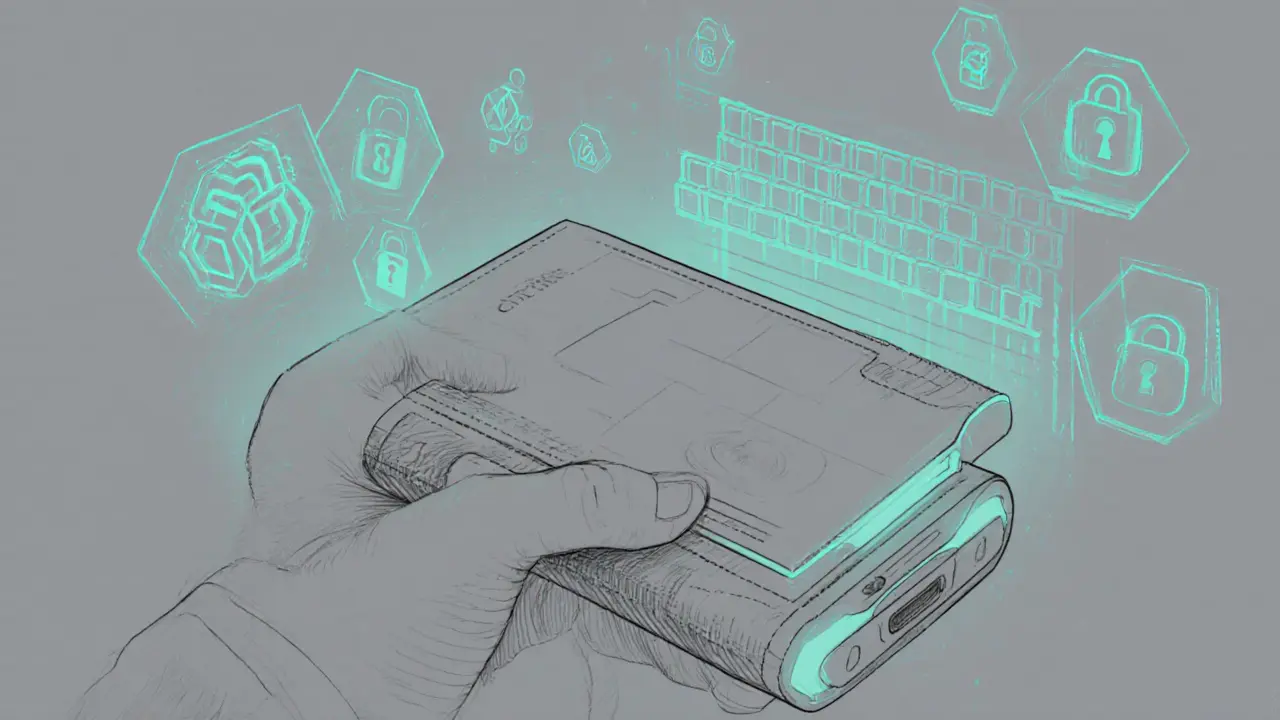Traditional Identity Systems: How They Shape and Challenge Modern Finance
When working with Traditional Identity Systems, the set of government‑issued documents and centralized databases that prove who you are. Also known as legacy ID frameworks, they form the base for banking KYC, voting rolls, and travel checks. Yet they often clash with the speed and privacy needs of today’s digital economy.
Enter Decentralized Identity, a user‑controlled model built on blockchain and cryptographic standards. Unlike Traditional Identity Systems, it lets you own your credentials without a single authority holding all your data. This shift is powered by Public Key Infrastructure, the network of keys and certificates that validates digital signatures and by Digital Credentials, verifiable, tamper‑proof attestations like e‑passports or education certificates. Together they create a new identity stack that can plug into crypto exchanges, DeFi platforms, and even traditional banks.
Key Comparisons and How They Interact
Traditional Identity Systems encompass passports, driver’s licenses, and national ID cards. They require physical issuance, periodic renewal, and a lot of paperwork. Decentralized Identity challenges that model by allowing instant issuance of verifiable claims, reducing fraud, and cutting costs. Public Key Infrastructure underlies both worlds: governments use PKI for electronic ID cards, while blockchain projects leverage it for self‑sovereign wallets. Digital Credentials act as the bridge, turning a government‑issued record into a machine‑readable token that can be verified on‑chain.
Because these entities are tightly linked, any change in one ripples through the others. For instance, stronger PKI standards improve the security of Digital Credentials, which in turn makes Decentralized Identity solutions more trustworthy for regulators. Meanwhile, regulatory pressure on Traditional Identity Systems to adopt biometric checks pushes the industry toward hybrid models that combine physical IDs with digital verification.
Our collection below reflects this ecosystem: you’ll find deep dives into how blockchain sharding boosts transaction throughput for identity‑related services, practical guides on using VPNs to access exchanges in restricted regions, and analyses of tax regimes that affect crypto‑based identity solutions. Whether you’re a beginner curious about how a passport compares to a self‑sovereign DID, or a seasoned trader looking for the latest on compliance tools, the posts ahead give you actionable insights.
Ready to explore the full range of topics? Scroll down to see articles that break down the tech, the law, and the real‑world use cases shaping the future of identity today.

DID vs Traditional Identity Systems: Key Differences and Benefits
Compare Decentralized Identity (DID) with Traditional Identity Systems, covering security, privacy, implementation, and future adoption trends.
